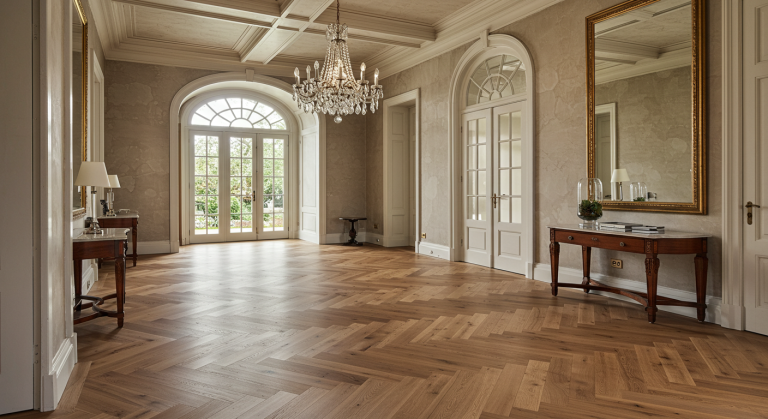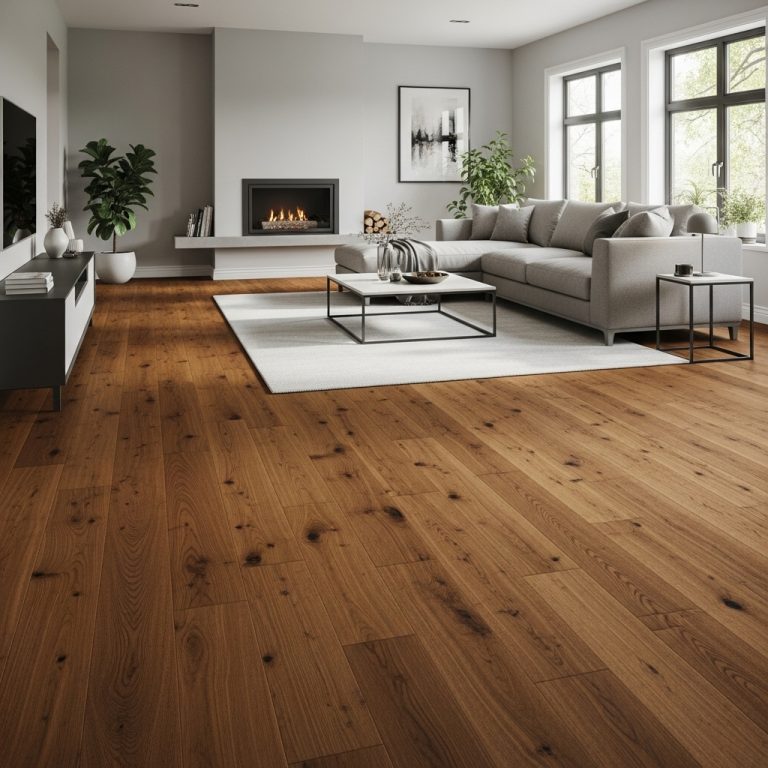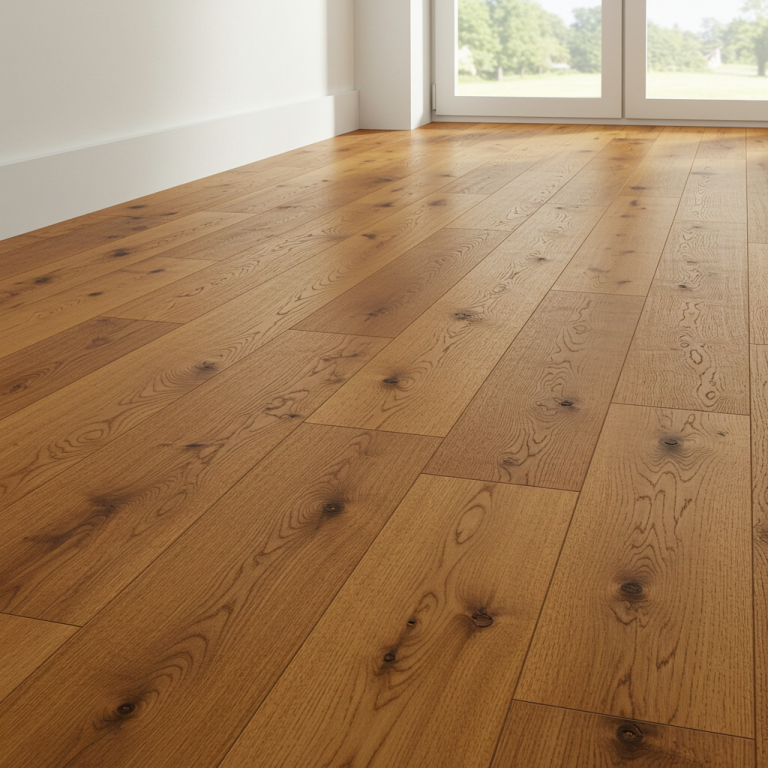Plywood Flooring: Complete Guide to Cost-Effective, Durable & Versatile Floors
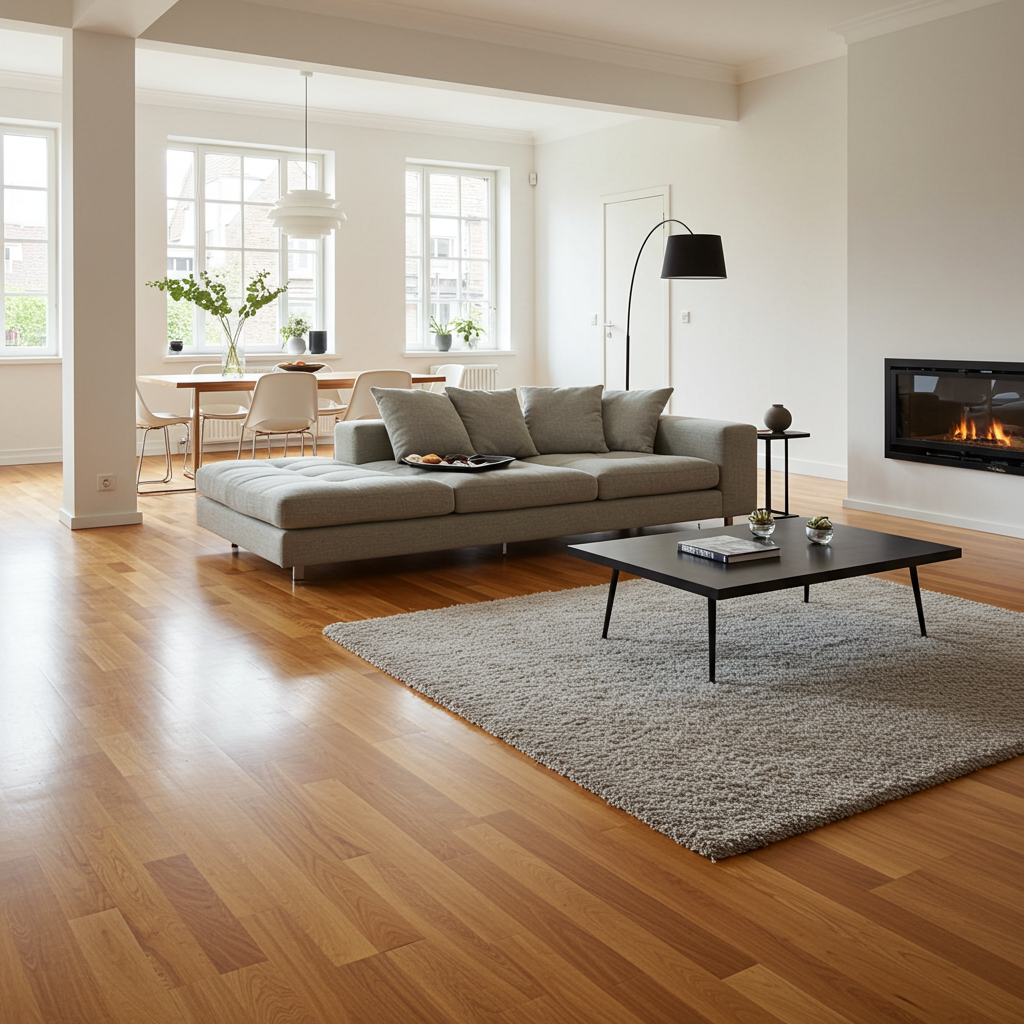
Flooring is one of the most important elements in any home or commercial space. It sets the tone for aesthetics, determines the level of comfort, and contributes heavily to durability and maintenance. Among the many flooring options available today—such as hardwood, vinyl, tile, laminate, and stone—plywood flooring stands out as a cost-effective and versatile choice.
Although plywood is often associated with subfloors or construction, modern advancements have made it a viable option for finished flooring as well. Whether you’re looking for an affordable alternative to hardwood, a sustainable choice, or something that offers design flexibility, plywood flooring has plenty to offer.
In this comprehensive guide, we’ll cover everything you need to know about plywood flooring, including what it is, how it’s made, types of plywood floors, benefits, drawbacks, installation methods, maintenance tips, design options, costs, and comparisons with other popular flooring materials.

What Is Plywood Flooring?
Plywood flooring is a type of flooring that uses plywood sheets or planks as either the main surface material (finished flooring) or as a subflooring material beneath other floor coverings like hardwood, tile, or vinyl.
Plywood itself is an engineered wood product made by gluing thin layers (or plies) of wood veneer together, with each layer’s grain running at right angles to the one below it. This cross-graining technique makes plywood:
- Stronger and more stable than solid wood
- Resistant to warping and shrinking
- Affordable and sustainable
When used as finished flooring, plywood can be sanded, stained, painted, or sealed to create a range of stylish and functional looks.

Why Choose Plywood Flooring?
Plywood flooring has become increasingly popular among budget-conscious homeowners, DIY enthusiasts, and even designers. Here’s why:
- Affordable – Plywood is much cheaper than solid hardwood or luxury vinyl planks.
- Customizable – Can be cut into planks, squares, or kept as sheets for unique designs.
- Eco-Friendly – Uses less hardwood than solid planks, making it sustainable.
- DIY-Friendly – Easy to install, cut, stain, or finish at home.
- Durable – Stronger than MDF, particleboard, or many laminates.

Types of Plywood Flooring
There are different categories of plywood used for flooring, depending on where and how it’s applied:
1. Softwood Plywood
- Made from pine, fir, or spruce.
- Budget-friendly and lightweight.
- Best for subflooring or temporary flooring.

2. Hardwood Plywood
- Made from oak, maple, birch, or walnut veneers.
- Strong, durable, and attractive grain.
- Suitable for finished flooring with stains and sealants.

3. Structural Plywood
- Designed for strength rather than appearance.
- Commonly used in subfloors and underlayment.
- Resists bending and provides stability for top layers.

4. Decorative Plywood
- Uses high-quality hardwood veneers on top.
- Attractive finish, can mimic solid hardwood flooring.
- Great for residential projects where appearance matters.

5. Exterior-Grade Plywood
- Designed with water-resistant glue.
- Can be used in semi-outdoor areas like patios or balconies.
- Best with protective sealants to extend lifespan.

Advantages of Plywood Flooring
Plywood offers a wide range of benefits:
- Cost-Effective – A plywood floor can cost a fraction of hardwood or engineered wood.
- Durability – With proper sealing, it withstands heavy foot traffic.
- Moisture Resistance – Higher-grade plywood resists humidity better than solid wood.
- Flexibility in Design – Can be cut into planks, tiles, or left in sheet form.
- Sustainability – Uses thin veneers, conserving wood resources.
- Easy to Maintain – Sweeping, mopping, and occasional resealing keep it fresh.
- Lightweight – Easier to handle and install compared to stone or hardwood.
Drawbacks of Plywood Flooring
Despite its benefits, plywood flooring has some limitations:
- Not 100% Waterproof – Prolonged water exposure can cause swelling.
- Scratches Easily – Softer than hardwood, so furniture pads are recommended.
- Requires Finishing – Raw plywood needs sanding, staining, or sealing to look attractive.
- Lifespan – Generally shorter than solid hardwood (15–25 years vs. 50+).
- Not Ideal for Luxury Homes – May not add as much resale value as hardwood.
Installation Methods for Plywood Flooring
Installing plywood flooring can be done in several ways depending on the project:
1. Plywood Plank Flooring
- Large sheets are cut into planks (4–8 inches wide).
- Installed like hardwood planks with nails or glue.
- Creates a rustic, farmhouse, or modern look.

2. Plywood Sheet Flooring
- Entire 4×8 sheets are laid directly onto the subfloor.
- Seams are sealed, then sanded and finished.
- Budget-friendly and easy DIY method.
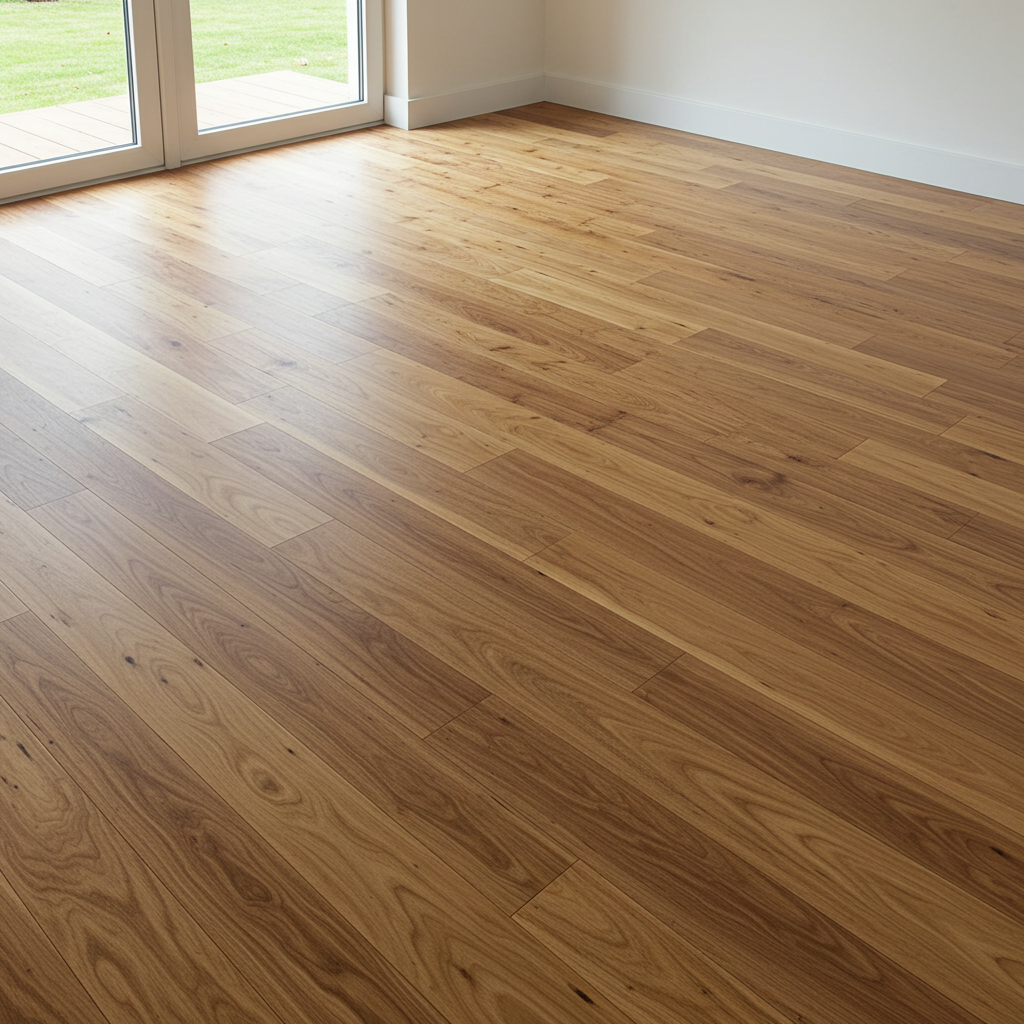
3. Stained or Painted Plywood
- After installation, the floor is stained to mimic hardwood or painted for a unique finish.
- Can include patterns like checkerboard or geometric designs.

4. Floating Plywood Floor
- Plywood planks are attached together but not glued to the subfloor.
- Uses underlayment to reduce noise and increase comfort.

Design & Style Options
Plywood flooring can be surprisingly beautiful when finished correctly. Some design ideas include:
- Rustic Farmhouse Look – Wide plywood planks with a distressed stain.
- Modern Minimalist – Smooth sanded sheets with a clear polyurethane coat.
- Painted Patterns – Geometric shapes or checkerboard painted directly on plywood.
- Stained Hardwood Look – Dark stains that mimic oak, walnut, or mahogany.
- Industrial Style – Raw plywood with matte sealant for loft or warehouse aesthetics.

Maintenance & Care Tips
To maximize the lifespan of plywood flooring:
- Regular Cleaning – Sweep and vacuum to avoid scratches.
- Damp Mopping Only – Never soak the floor with water.
- Sealing & Resealing – Apply polyurethane or oil-based sealants every 2–4 years.
- Furniture Pads – Protect against dents and scratches.
- Rugs & Mats – Use in high-traffic areas for added protection.

Cost of Plywood Flooring
The cost of plywood flooring depends on the grade and finish:
- Plywood Sheets (4×8 ft): $15–$60 each
- Cut Plywood Planks: $2–$4 per sq. ft.
- Installation Costs (Professional): $2–$5 per sq. ft.
- DIY Projects: As low as $1.50 per sq. ft.
Overall, plywood flooring is one of the most budget-friendly flooring options available.

Plywood Flooring vs. Other Flooring Materials
| Feature | Plywood Flooring | Hardwood Flooring | Laminate Flooring | Vinyl Plank Flooring |
|---|---|---|---|---|
| Cost | Low | High | Moderate | Moderate |
| Durability | 15–25 years | 50+ years | 10–20 years | 15–20 years |
| Water Resistance | Moderate | Low | Moderate | High |
| Eco-Friendly | Yes | Yes | No | No |
| Maintenance | Moderate | High | Low | Low |
| Appearance | Customizable | Luxurious | Manufactured Look | Wood/Stone Imitation |
Best Rooms for Plywood Flooring
Plywood flooring can work well in:
- Living Rooms – With proper finishing, it looks stylish and warm.
- Bedrooms – Comfortable and affordable option.
- Home Offices – Easy to clean and maintain.
- Cabins & Vacation Homes – Rustic charm at low cost.
- Basements – Only if well-sealed against moisture.
⚠️ Avoid using raw plywood flooring in bathrooms or laundry rooms, as moisture can damage it.

Pros & Cons at a Glance
✅ Pros
- Affordable & versatile
- DIY-friendly installation
- Durable & stable
- Eco-friendly option
- Customizable finishes
❌ Cons
- Not waterproof
- Scratches more easily
- Requires sealing & maintenance
- Shorter lifespan than hardwood
Conclusion: Is Plywood Flooring Right for You?
Plywood flooring is a budget-friendly, stylish, and customizable option for homeowners who want durable floors without breaking the bank. While it doesn’t offer the same luxury or lifespan as solid hardwood, it provides excellent value, especially for DIY projects, rental properties, or rustic-style homes.
If you’re looking for a cost-effective, eco-friendly, and versatile flooring solution, plywood flooring may be the perfect choice for your next project.


